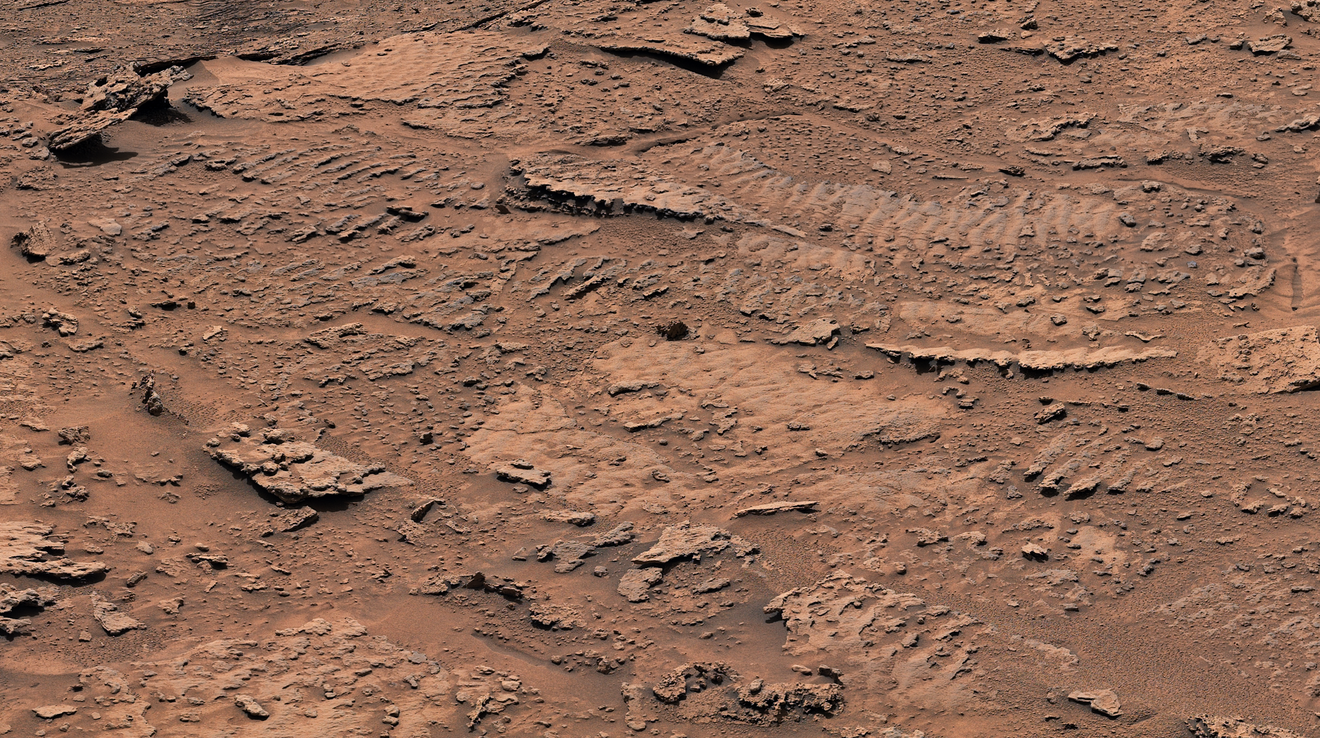NASA's Curiosity Mars rover finds clearest evidence yet of ancient water ripples

NASA's Curiosity, a car-sized robotic rover that has been exploring Mars since it landed in the Gale Crater in August 2012, has discovered "clearest evidence yet" of ancient water ripples that formed within lakes in a region of ancient Mars that scientists expected to be drier.
According to the mission team, billions of years ago, the waves on the surface of a shallow Martian lake caused sediment at the bottom of the lake to stir up, eventually leading to the formation of rippled textures left in the rock.
"This is the best evidence of water and waves that we've seen in the entire mission. We climbed through thousands of feet of lake deposits and never saw evidence like this – and now we found it in a place we expected to be dry," said Ashwin Vasavada, Curiosity's project scientist at NASA's Jet Propulsion Laboratory in Southern California.
Ancient waves on Mars? 🌊The @MarsCuriosity team has spotted rippled rock textures in an unexpected spot! Explore more in this tour of the region narrated by Curiosity's project scientist Ashwin Vasavada. 🔗 More on what these clues tell us: https://t.co/TbbMv8JscU pic.twitter.com/ffsxNnvl1n
— NASA JPL (@NASAJPL) February 8, 2023
Curiosity discovered these rippled rock textures preserved in Marker Band, a thin layer of dark rock that stands out from the rest of Mount Sharp - a 5-kilometre-tall mountain that was once laced with lakes and streams. The rover has been ascending the foothills of Mount Sharp since 2014.
The rock layer is so hard that the Curiosity rover has failed to obtain a sample from it even after multiple attempts. In the coming week, scientists will search for rock that is easier to drill. However, even if they fail to collect a sample from this unique rock strip, there are still other areas they are eager to investigate.
The team can see another clue to Mars' watery past in a valley called Gediz Vallis. At the bottom of this valley is a mound of boulders and debris that are believed to have been swept there by wet landslides billions of years ago. The mission team hopes to get a closer look at this evidence for flowing water.










